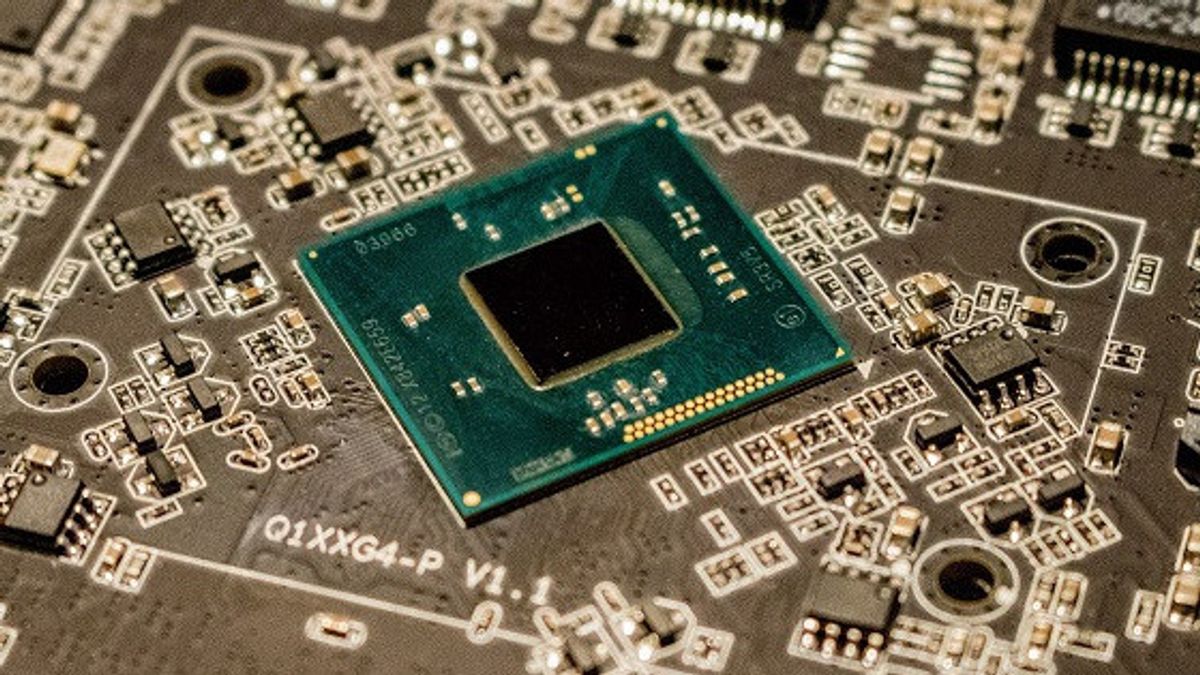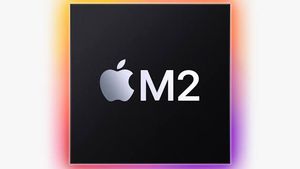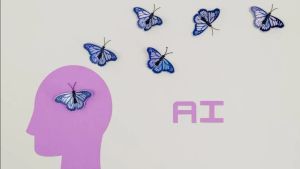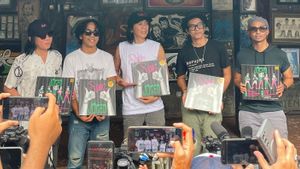JAKARTA - Japan plans to double sales of semiconductors, parts, and materials made in the country to 15 trillion yen (IDR 1,702 trillion) in 2030.
Japan's Ministry of Economy, Trade and Industry explained that it is currently increasing domestic microchip production following disruptions to global supply chains.
The Sakura country is also following similar steps taken by the United States (US) to provide sizable subsidies to Taiwan Semiconductor Manufacturing Co (TSMC), and others to build tin factories in Japan or expand existing facilities.
This massive investment was made by Japan because it sees microchips as a trusted strategic product to strengthen its economic security.
In addition, they also plan to include sales targets in Japan's semiconductor and digital industry strategy, which will be updated in the middle of the year, as quoted from Gadget360, Wednesday, April 5.
As previously announced, Japan has limited chip manufacturing equipment abroad, especially in China. Japan's Minister of Economy, Trade and Industry, Yasutoshi Nishimura said the rule would come into effect next July, by tightening exports of advanced semiconductor manufacturing equipment.
另请阅读:
So Chinese companies have at least three months to get the tools they might need. This decision is expected to make it more difficult for Japanese high-tech companies to export these goods to China.
Like China's foundry giant, SMIC and NAND memory leader YMTC won't be able to buy the equipment needed to make chips.
"We are fulfilling our responsibility as a technology nation to contribute to international peace and stability," Nishimura said at a recent press conference.
A total of 23 types of high-end equipment are subject to Japan's export controls, including all immersion lithography machines, etching equipment, tools used for chemical wafer polishing (post-CMP cleaning), and extreme ultraviolet (EUV) mask testers. These devices are made by ten companies, including Lasertec, Nikon, Screen Holdings, and Tokyo Electron.
The English, Chinese, Japanese, Arabic, and French versions are automatically generated by the AI. So there may still be inaccuracies in translating, please always see Indonesian as our main language. (system supported by DigitalSiber.id)


















